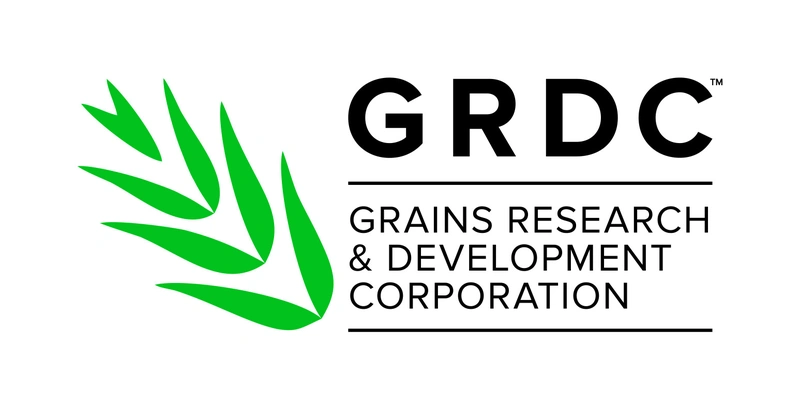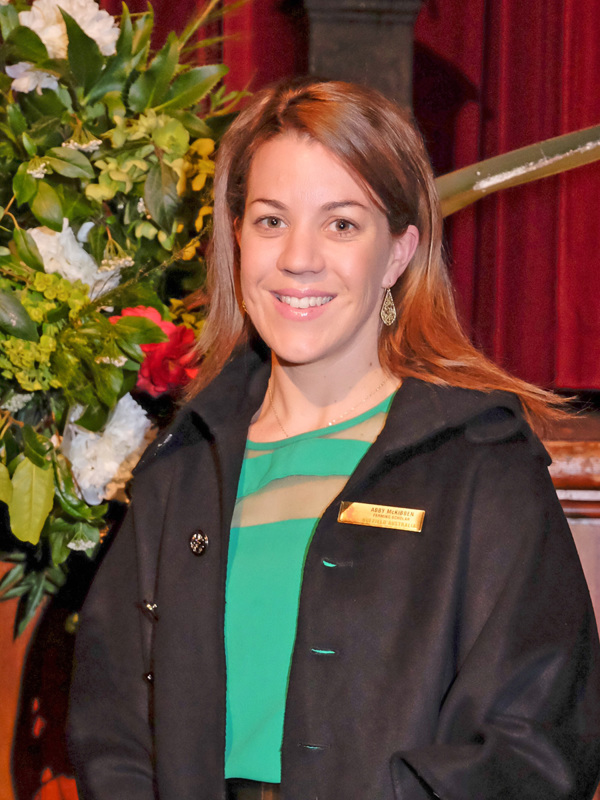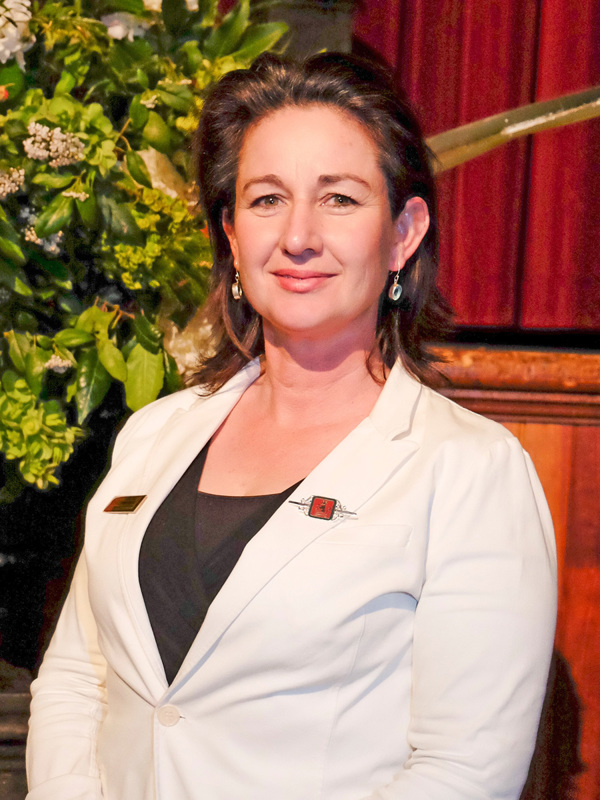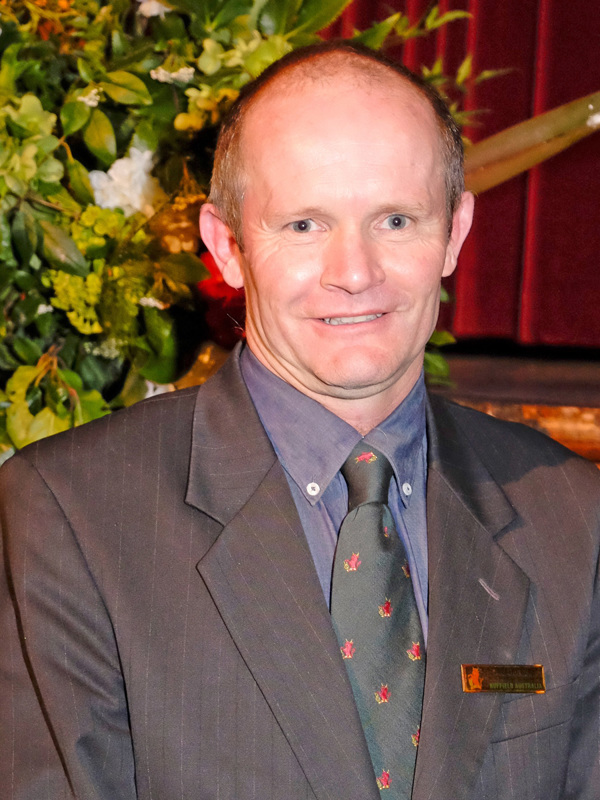
Jock Graham

Nuffield Australia 2015 Scholar
We need to talk about it – communication technology key for rural Australia
Coolac farmer and 2015 scholar Jock Graham is passionate about discovering tangible solutions to poor internet connectivity for rural Australian communities.
“Surveys show that around 40 per cent of all rural Australian users currently use 3G/4G as their primary home internet and pay on average the highest monthly rate for service and receive the least amount of data allowance.
Since returning to his mixed family farm operation of Angus cattle, Merino sheep, mixed crops and a sand quarrying operation on 3600 ha on the south west slopes of NSW, he has seen first hand how technology in agriculture can increase productivity and efficiencies. He aimed to identify the current state of broadband connectivity and identify key technologies for the future of broadband and mobile phone connectivity, as well as some of the tools which would be enabled by high-speed internet.
“While ADSL services offer a more consistent product, it is only accessible for those located in town close to the telephone exchange.”
He travelled to the USA, England, Ireland, Switzerland, China, Canada and France and said that high-speed rural connectivity is a common problem worldwide, with the common solution being fixed wireless.
“It’s the best option for rural users who have no access to fibre. In Australia this could be either NBN or private, which will deliver the fastest speeds, high data allowance plans with the lowest latency and cheapest monthly cost. Mobile 4G service offers a great service when in a coverage area in terms of speed but is not recommended for home broadband due to the high data plan costs and the congestion that occurs in peak times as it’s a shared service with all other mobile devices. NBN Satellite, known as Sky Muster is the next best option for rural users, being accessible from any rural location, offers good download and upload speeds and plan pricing, but has limited data allowances and high latency compared to fixed wireless.
“The use of private networks run either by businesses, communities or individuals are the key to linking rural communities to the faster, low latency, high data allowance internet services, and extending ground services to more remote communities currently covered by satellite only.”
In terms of mobile coverage, his research showedthere are only two key technologies available to improve mobile coverage, being either a femtocell or a Cel-fi device.
“The femtocell device connects to a home broadband connection and projects signal in the home whilst the Cel-fi device boosts the existing signal throughout the home, and is the most widely used technology to improve in home coverage. The game changer however is voice over Wi-Fi, a new protocol being implemented in Australia this year which allows certain smart phones to switch to Wi-Fi service if mobile service is patchy to make and receive calls. I found this technology already implemented in most countries in Europe, so it is pleasing that it will be integrated into Australia’s two biggest mobile networks this year.”
He believes the opportunities provided by this technology will bring a technological advancement age for agriculture by implementing online connected tools.
“Internet of Things” devices (IoT) and farm sensors can start to be implemented across farms, monitoring water levels, soil moisture, livestock locations and other valued information at low cost. The transfer of precision farming data in large volumes could better enable automated systems and machinery for greater efficiencies.”
But Mr Graham said one of the key benefits lies beyond the paddock.
“It is so important that our rural communities get a level playing field and access to various online business tools, to online health and education resources and social connectivity. By ensuring that our rural areas are more liveable, we can ensure agriculture continues to grow,” he said.






















